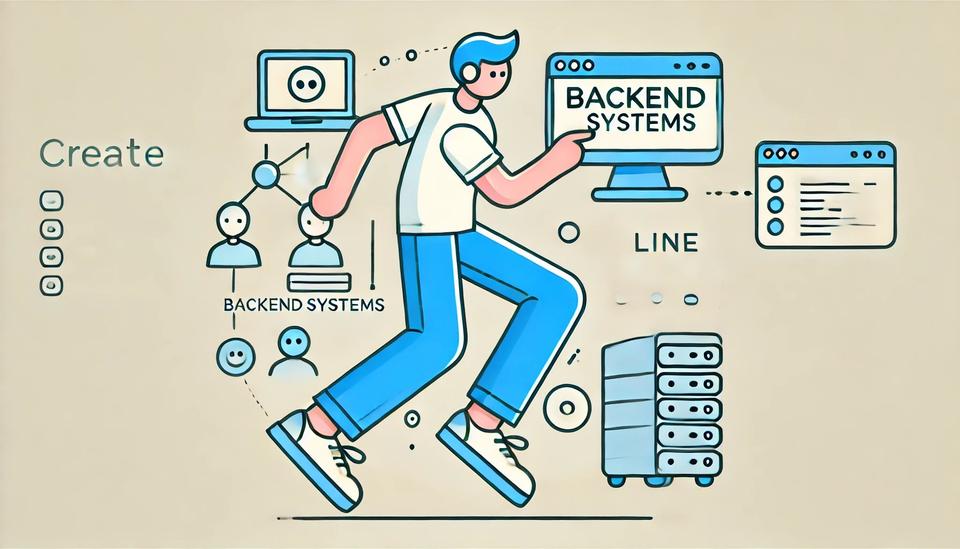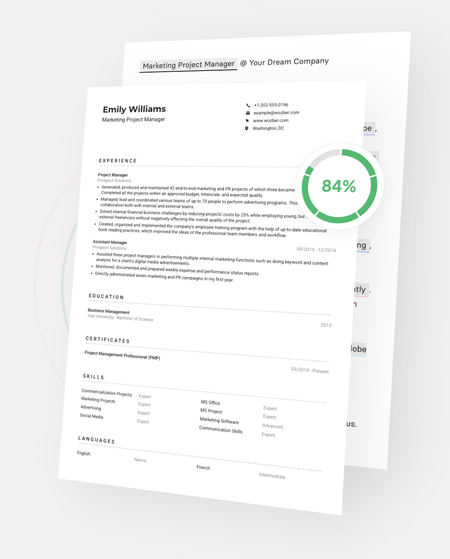
Backend Systems: Architectural Patterns
With this article discover key architectural patterns and design principles, including modular and microservices architecture, scalability,and high availability. Packed with practical examples and real-world case studies, this guide empowers you to build strong backend systems.
About the author: VP of Engineering, Program Manager, Coach, and Founder, specializing in career coaching, behavioural and system design prep. Book time with them here.

In today’s fast-paced digital landscape, the reliability and scalability of backend systems have become critical to the success of any application or service. As the complexity of these systems continues to grow, it’s essential for developers and architects to have a deep understanding of the architectural patterns and design principles that can help build resilient and high-performing backend solutions.
Big-Tech Backend Systems:
1. How Uber Drives 40M Reads/Sec with Integrated Cache:
An in-depth look at Uber’s integrated caching architecture that enables handling 40 million database reads per second globally, detailing the components, data flows, algorithms, and implementation details of their massive-scale, low-latency distributed caching system.
For more insights on designing highly scalable caching solutions, read the full article here.
2. Why Netflix Integrated a Service Mesh in Their Backend:
Netflix’s adoption of a service mesh architecture in their backend to efficiently manage communication across their distributed microservices. A service mesh provides a dedicated layer for service-to-service communication with built-in load balancing, service discovery, encryption, and observability. You’ll learn the key drivers that made a service mesh valuable for Netflix, including easier deployment, resiliency, simplified security, and improved observability. It provides insights into Netflix’s implementation journey, the evaluation of service mesh technologies, and the operational benefits realized.
To understand why Netflix integrated a service mesh in their backend, you can read the full article here.
3. How Uber Computes ETA at Scale:
Uber’s system for computing an accurate estimated time of arrival (ETA) on a massive scale. Providing reliable ETAs is critical for Uber’s ride-sharing service. The article covers the architectural components involved in ETA computation, including data ingestion pipelines, traffic modeling, map-matching algorithms, and machine learning models. It explains how Uber handles real-time data from millions of drivers, traffic patterns, and other factors.
For a comprehensive understanding of distributed system design challenges, fault tolerance strategies, and optimizations for low-latency ETA calculations, read the full article here.
4. How Zoom Supports 300 Million Video Calls/Day:
The architecture and systems powering Zoom’s ability to handle 300 million video calls per day at peak. It covers Zoom’s media routing, WebRTC implementation, load balancing strategies, and use of global data centers for low-latency streaming. You’ll learn about their distributed messaging infrastructure, NAT/firewall traversal techniques, and optimizations for high concurrency and bandwidth efficiency.
Dive deeper into designing and operating highly scalable video conferencing platforms by reading the full article here.
5. How Meta Built Threads:
The architectural decisions and technology stack behind Meta’s new Threads app. It dives into the real-time messaging infrastructure, feed ranking systems, content delivery networks, and media processing pipelines. Gain insights into building highly scalable social networking platforms that handle massive user bases, drawing from Meta’s experiences with Instagram and WhatsApp.
For a detailed exploration, read the full article here.
6.How Pinterest Scaled to 11 Million Users with Only 6 Engineers:
This resource examines the architecture and strategies Pinterest employed early on to scale to 11 million users with just a 6-person engineering team. It covers their use of AWS services, caching layers, database sharding techniques, and asynchronous task queues. You’ll learn their approach to building a lean but highly scalable web application, load testing methodologies, and efficient development practices that enabled rapid growth with limited resources.
For more details on Pinterest’s scaling strategies, read the full article here.
7. How Quora Scaled MySQL to 100k+ Queries per Second:
This dives into Quora’s database architecture for scaling MySQL to handle over 100,000 queries per second. It covers sharding strategies, read replicas, query routing, caching layers, and optimizations for high throughput and low latency reads/writes.
For a detailed look at Quora’s approach, click here to read more.
8. How Canva Supports 135 Million Monthly Simultaneous Users:
Exploring how Canva’s systems support 135 million monthly active users concurrently. Likely covers load balancing, caching, CDNs, database scaling techniques, and frontend optimizations for delivering a responsive web experience at global scale.
For a comprehensive look at Canva’s scalable systems, check out the full article here.
9. How LinkedIn Scales to 5 Million Profiles Reads:
LinkedIn’s architecture for serving 5 million profile reads per second. Covers areas like profile data storage, caching strategies, content delivery networks, database denormalization, and optimizations for read-heavy workloads at massive scale.
For a detailed breakdown, explore the full article here.
10. How Uber Finds Nearby Drivers at 1M Requests per Second:
Look at Uber’s system for quickly identifying and dispatching nearby drivers in real-time, handling 1 million matching requests per second. Covers spatial data indexing, load balancing, caching, query optimizations, and infrastructure required.
For an in-depth understanding of Uber’s real-time matching system, explore the full article here.
11. How Instagram Scaled to 14M Users with Only 3 Engineers:
This resource explores how Instagram initially scaled to 14 million users with just a 3-person engineering team. Covers their lean stack, efficient coding practices, database/caching strategies, and architectural principles that enabled rapid growth.
To learn more about Instagram’s early scaling strategies, read the full article here.
12. Prime Video: Amazon’s Secret to Streaming Video at Scale:
Examines the architecture powering Amazon Prime Video’s ability to stream videos seamlessly on a global scale. Covers areas like content delivery networks, load balancing, encoding pipelines, DRM, personalization systems, and fault tolerance strategies.
Explore more about Amazon Prime Video’s streaming architecture by reading the full article here.
How Coaches Can Help
Experienced backend engineering coaches can provide valuable guidance on designing scalable and resilient backend systems. They can help you:
- Evaluate and select the right architectural patterns and design principles for your specific use case
- Identify potential bottlenecks and performance issues in your existing backend infrastructure
- Implement best practices for caching, load balancing, service discovery, and other critical backend components
- Optimize your database schemas, indexing strategies, and query performance
- Develop effective testing and monitoring strategies to ensure the reliability of your backend systems
- Share industry insights and lessons learned from working with other high-scale backend environments
By leveraging the expertise of seasoned backend engineering coaches, you can accelerate the development of your scalable and robust backend solutions.
Conclusion
The architectural patterns and design principles explored in this blog post showcase how leading tech companies have built scalable and reliable backend systems to power their applications and services. By understanding these real-world examples and leveraging the expertise of experienced backend engineering coaches, you can apply similar strategies and techniques to design and operate highly performant and resilient backend solutions for your own projects. As the complexity of backend systems continues to evolve, staying up-to-date with the latest best practices and industry insights will be crucial for ensuring the success and longevity of your digital products.
About the author: Andrea Della Corte
VP of Engineering, Program Manager, Coach, and Founder, specializing in career coaching, behavioural and system design prep. Book time with them here.
Get Started
Linkedin & Resume Makeover
We will optimize your Resume & LinkedIn with our expert review & rewrite services.
Coaching Sessions
Our coaches will work with you on detailed, tailored sessions to get you ready for any challenge.
Negotiation Support
We will be by your side to review your contract & negotiate the salary you deserve.
Client Testimonials
Success stories from professionals who transformed their careers

"Hande's coaching was transformative. She didn't just help me prepare for Amazon's rigorous interviews—she made the process human, boostin..."

"All coaches gave me great tools to boost my confidence for my next interview process. Would definitely recommend."

"Interesting design problem, as always good advices regarding behavioural questions. A very good test before actually doing an interview o..."

"The lessons and guidance were appropriate to my needs and the expertise was thorough. The coaching was effective with homework. I landed ..."

"My coach was very helpful with insights on what I should focus on going into my phone interview."

"Arpitha is a truly fantastic coach, and helped tremendously with every aspect of the interview preparation, knowing what I need to focus ..."

"I am extremely grateful for the time and effort that Andrea invested in helping me improve my system design interview skills, and I would..."

"The Team of Andrea, Hande & Arpitha has been so good to me over the last fortnight they are incredibly accommodating to adapt to your sch..."
Ready to achieve similar results?
Find Your CoachSchedule your free consultation
Pick a time that works for you. In a short intro we’ll understand your goals and map out a plan to win offers.
- Quick intro (15–20 min) — no prep needed
- Share your target roles and timeline
- Get a personalized prep plan and next steps
- We’ll suggest the best coach to start with



